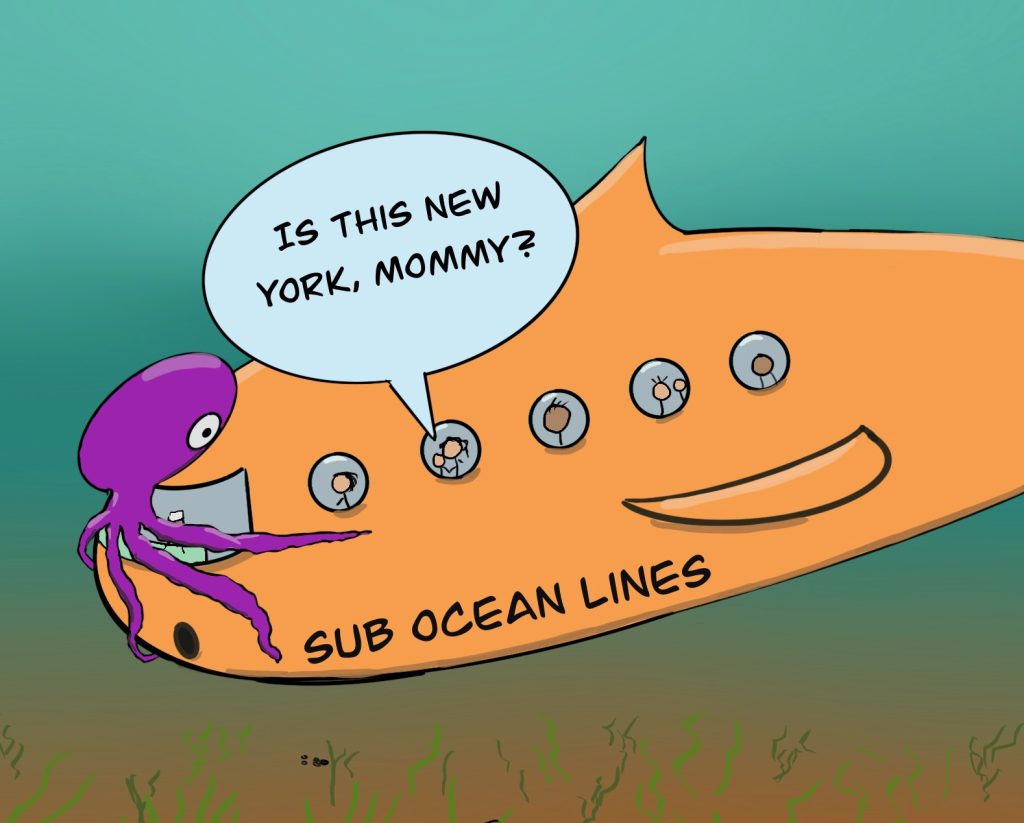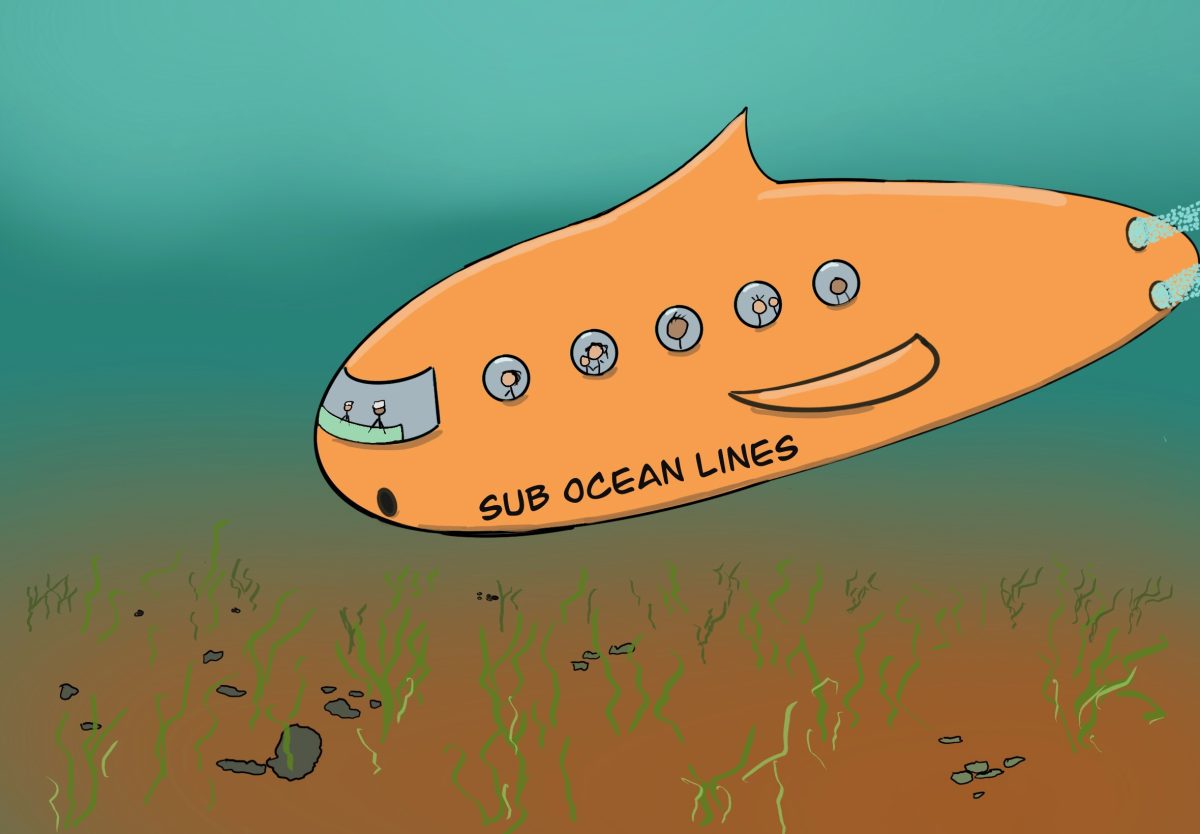Today, submarines are mainly used for military and research purposes. But future developments could make it possible for submarines to travel at many times the speed of sound. Would that make them an attractive mode of transportation for passengers traveling around the world?
Introduction
In his book “Die Hyperschallbahn” (link), author Andreas Scholz presents several means of transportation that travel at hypersonic speeds. In addition to trains and airplanes, he presents the idea of submarines carrying passengers around the globe at hypersonic speeds.
The technology that could enable boats to travel that fast is the use of the effect of supercavitation (link). Basically, the submarine is surrounded by a kind of bubble that reduces friction with the water to almost zero. In this way, the maximum speed a submarine can reach is limited only by its propulsion system and the maximum acceleration the passengers can tolerate.
Submarines traveling this fast could connect cities around the globe in a matter of minutes. This would make submarine travel more attractive to passengers and could lead to a revival of transoceanic travel.
Challenges
There are a number of challenges that need to be addressed for passenger submarines. First, of course, is the technology for supercavitation itself. However, this has been at least partially solved on a smaller scale, as there are torpedoes that use this effect to go extremely fast (link). However, to scale this technology to a submarine that can carry hundreds of travelers like an airplane requires a lot of research.
Experience with torpedo technology also shows that the hypercavitational effect produces a lot of noise, at least on the outside of the cavitation. I do not know how it is on the inside.
It is also very difficult to steer such devices, because by design they have no contact with the water around them.
Even if all these challenges could be solved, there is still the question of safety. What do you do if there is a failure on board? If the propulsion system fails, the boat could sink to the bottom. An airplane can land in an emergency and is in a safe condition, a submarine would go to the bottom and be in a worse condition because the pressure increases the further it sinks. A hull breach could also be catastrophic.
We all know such scenarios from movies about submarines in World War 2 or even the Cold War. We know how risky submarines are. For soldiers this risk might be acceptable, but for passengers? Probably not.
Just recently we were reminded of this risk by the loss of the submarine Titan, in which 5 people died (link).
An additional challenge for underwater hypersonic travel is that the water is not empty. Unlike the air at the altitude at which commercial aircraft travel, the sea is home to many living creatures. And the larger ones, such as whales, octopuses, and sharks, could pose a problem for a submarine traveling at extremely high speeds. The shock would be tremendous. The animal would surely die instantly. This environmental impact would be unacceptable. But a collision at such high speed could also damage the submarine. The speed of the boat will be so high that it will not be able to avoid any animal that are in its way.

©️Stefan Heinbockel, 2023
Impact
There are many challenges to this new technology. Suppose we could solve them all and put hypersonic submarines into regular and safe operation. Would this have a major impact on travel patterns?
The first thing to consider is energy consumption. How much energy is required to create the cavity? For the sake of this argument, I would assume that the energy is less than what an airplane needs to take off. Thus, the total energy consumption of a hypersonic submarine could be less than that of an airplane traveling at the same speed. After all, it requires no energy to stay afloat, only the energy to propel it forward.
This means that such travel could be cheaper and perhaps more environmentally friendly than flying. So this kind of travel could be encouraged by governments.
The next question is which cities could be economically connected with hypersonic submarines? If we consider cities like London that are on a large river, the submarine would have to travel at conventional speeds down the Thames until it reached the open sea. Then the conventional speed part of the trip could take much longer than the hypersonic part. In effect, this means that only cities located directly on the coast will benefit from high-speed connections and reduced travel times.
In fact, the number of connections worldwide would be rather small. My guess is that we would have a network similar to the connections available in the steamship era.
The limited number of connections means that relatively few people will be within reach of a suitable port. The network of airports is much denser.
I estimate that this fact alone will mean that underwater hypersonic travel will be a niche at best.
Outlook
Hypersonic travel underwater sounds like a dream from a Jules Verne book. I expect it will remain a dream for a long time. For one thing, there are all the technical challenges and safety concerns. I do not expect them to be solved in the medium or long term. And I am not sure that it would be worthwhile to try to solve them, because the potential market for passenger transportation would be too small due to the limited number of connections compared to air travel.
However, since the technology has many military applications, I think it will be developed and we will hear about it again at some point.
